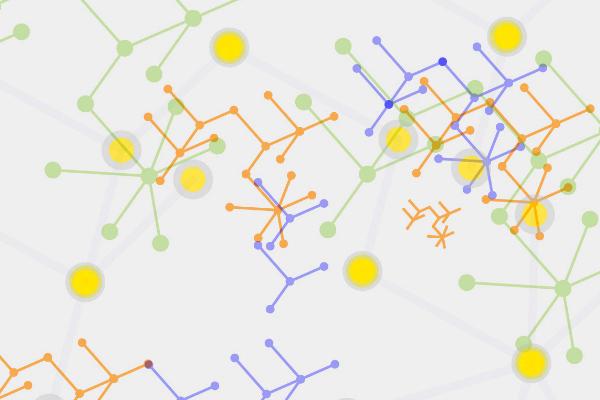
Additional conference materials can be found at: https://www.asc.ohio-state.edu/kurtek.1/cbms.html
Topic Area
This Conference Board of the Mathematical Sciences (CBMS) conference will feature an intensive lecture series on elastic methods for statistical analysis of functional and shape data, using tools from Riemannian geometry, Hilbert space methods, and computational science. The main focus of this conference is on geometric approaches, especially on using elastic Riemannian metrics with desired invariance properties, and square-root representations that simplify computations. These approaches allow joint registration and statistical analysis of functional data, and are termed elastic for that reason. The statistical goals include comparisons, summarization, clustering, modeling, and testing of functional and shape data objects.
Primary Lecturer
Prof. Anuj Srivastava is a Professor of Statistics and a Distinguished Research Professor at Florida State University (FSU) in Tallahassee, FL. His main expertise lies in the use of techniques from algebra and differential geometry in deriving statistical inferences on nonlinear manifolds. Specifically, along with his colleagues, he has developed comprehensive Riemannian frameworks for shape analysis of objects, including scalar functions, Euclidean curves, 2D surfaces, and neuronal trees. He is an author, along with Prof. Eric Klassen of FSU, of a recently published Springer textbook on Functional and Shape Data Analysis. He has also published more than 200 papers in refereed journals and proceedings of refereed international conferences. He is a fellow of the IEEE, IAPR, and ASA.
Additional Lecturers
Prof. Eric Klassen, Department of Mathematics, Florida State University
Prof. Veera Baladandayuthapani, Department of Biostatistics, University of Texas MD Anderson Cancer Center
Prof. Laurent Younes, Department of Applied Mathematics and Statistics, Johns Hopkins University
Prof. Zhengwu Zhang, Department of Biostatistics and Computational Biology, University of Rochester
We gratefully acknowledge funding and support from the National Science Foundation CBMS grant, the Mathematics Research Institute, the Mathematical Biosciences Institute, the Department of Statistics at Ohio State, and the NSF TRIPODS grant.

